Thank you for helping to
Keep the conversation going
Here are some ways we can help you.
We hope you enjoyed The Castle Conference: Digital Wellbeing for Young People.
We know you want to keep the conversation going so we have created a page to help you do that.
The page will be updated with slides and videos when they are available.
Watch the Castle Conference Catch Up
We hope that The Castle Conference inspired you, got you thinking and talking about the topic of Digital Wellbeing. We really hope you have been talking about the conference to your friends, family and colleagues.
We certainly are and we arranged it!
The Castle Conference Catch-Up was a chance to keep talking, a chance to share your thoughts, a chance to find out what questions we have been asked since the day and a chance to ask us new questions.
Andy & Lucy
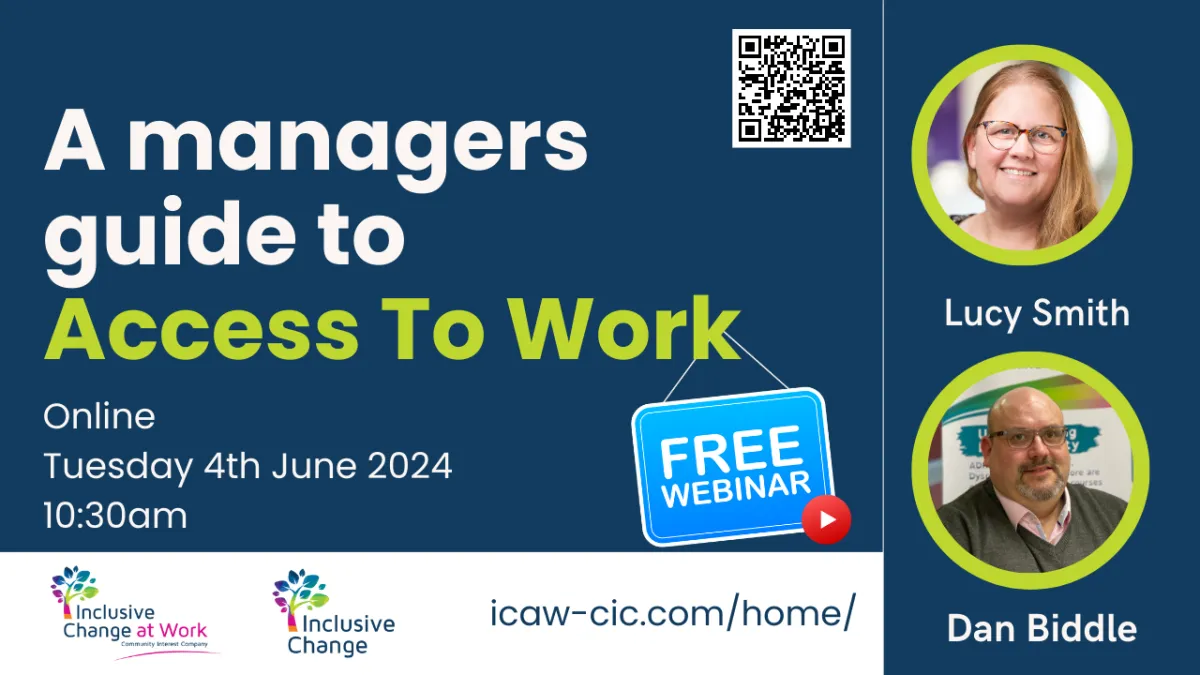
4th June 2024
Free Webinar
Join Lucy & Dan from Inclusive Change At Work CIC who will be discussing how to support disabled and neurodivergent employees to thrive at work.
Recap from the event
We have combined the slides into a video for you to rewatch
This is only the slides - no audio. Videos will be uploaded soon.
Speaker Videos
We will be uploading videos from The Castle Conference as soon as they are available.
COMING SOON!
Resources
Links and downloads for you
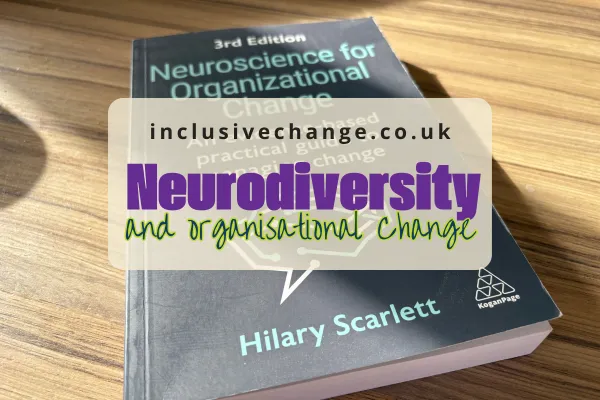
Why neuroinclusive change matters
Why Neuroinclusive Change Matters - Building the Case
Organisational change is rarely easy, but for neurodivergent individuals, it can be especially complex. While leaders and managers may focus on timelines, technology, and transformation goals, many overlook how the process of change itself can unintentionally exclude, overwhelm, or disadvantage some of the most talented people in the organisation.
This blog kicks off a four-part series exploring how to create change programmes that are neuroinclusive - practically, empathetically, and strategically. This is based on an interview published in a recently updated book from Hilary Scarlett: Neuroscience for Organizational Change. Details of how to purchase are at the end of this article.
In this first post, we’ll explore why inclusive change matters, how neurodivergent individuals experience change differently, and why bringing their voices into the process can transform not only the journey but the outcome.
Why “Business as Usual” Doesn’t Work
Neurodivergent employees, such as those with autism, ADHD, dyslexia, dyspraxia or sensory processing differences, are often highly skilled, perceptive, and resilient. Many have developed personalised ways of working that help them succeed, often in systems not designed for their needs.
But when change comes, new systems, new teams, new ways of working, these carefully constructed workarounds or coping strategies can be disrupted. That disruption can lead to confusion, stress, reduced performance, or even burnout, especially when managers and change leaders don’t understand what’s happening.
What’s crucial is this: many neurodivergent employees won’t disclose their diagnosis (if they have one at all), and they shouldn’t have to. That’s why change processes need to be inclusive by design—anticipating diverse needs, not waiting for individuals to flag them.
Reframing Disability Through Organisational Change
One of the most helpful shifts for leaders is to examine change through the lens of different disability models:
The medical model sees the individual as the problem—someone who needs fixing through therapy, medication, or accommodation.
The social model reframes this: it’s not the person who is the problem, but the environment that creates barriers.
Organisational change is the perfect time to ask: Are we designing a process that removes or reinforces barriers?
For example:
Are communications clear, or full of ambiguity?
Are new systems accessible to a range of processing styles?
Do your meeting rhythms and collaboration norms accommodate different cognitive needs?
If you don’t ask these questions, the answers will surface anyway—through performance concerns, employee distress, or resistance to change that’s mislabelled as attitude rather than access.
Why Lived Experience Drives Better Outcomes
Involving neurodivergent people in the planning and design of change programmes is not just inclusive - it’s smart. They often have a unique perspective on systems, risk, and complexity. They may raise concerns that others haven’t seen and propose solutions no one else would have thought of.
Put simply: they can help you make your change programme better.
As you build a vision for the future, invite neurodivergent voices into the room early. Explore how your culture, policies, and ways of working might need to evolve—not just the technical systems. And don’t assume silence means comfort. Creating safe ways for all employees to contribute feedback - anonymously or through coaching - can illuminate challenges and opportunities you might otherwise miss.
Recommended Reading:
Neuroscience for Organizational Change
If you’re looking for a strong evidence-based foundation for this work, I highly recommend Hilary Scarlett’s Neuroscience for Organizational Change. Her book explains how our brains respond to change and how leaders can design processes that are not only inclusive but also neurologically aligned with how people actually adapt.
Get your copy here: Neuroscience for Organizational Change – Kogan Page
Use code NEW20 for 20% off as a new customer on their website.
Take the Next Step
Neuroinclusive change isn’t just a concept—it’s a practice. At Inclusive Change, we help leaders and teams create workplaces where neurodivergent people can thrive, especially through periods of transformation.
Learn more about how we can support your organisation at inclusivechange.co.uk
Next up in the series: Clear Communication & Coaching: Essential Tools for Change.
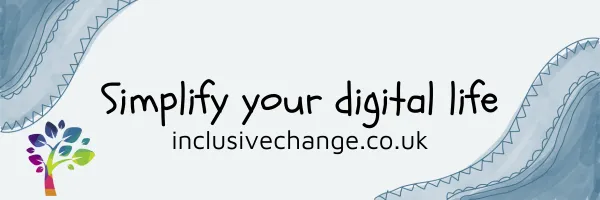
Get Your FREE eBook
A Practical guide to Simplify your Digital Life
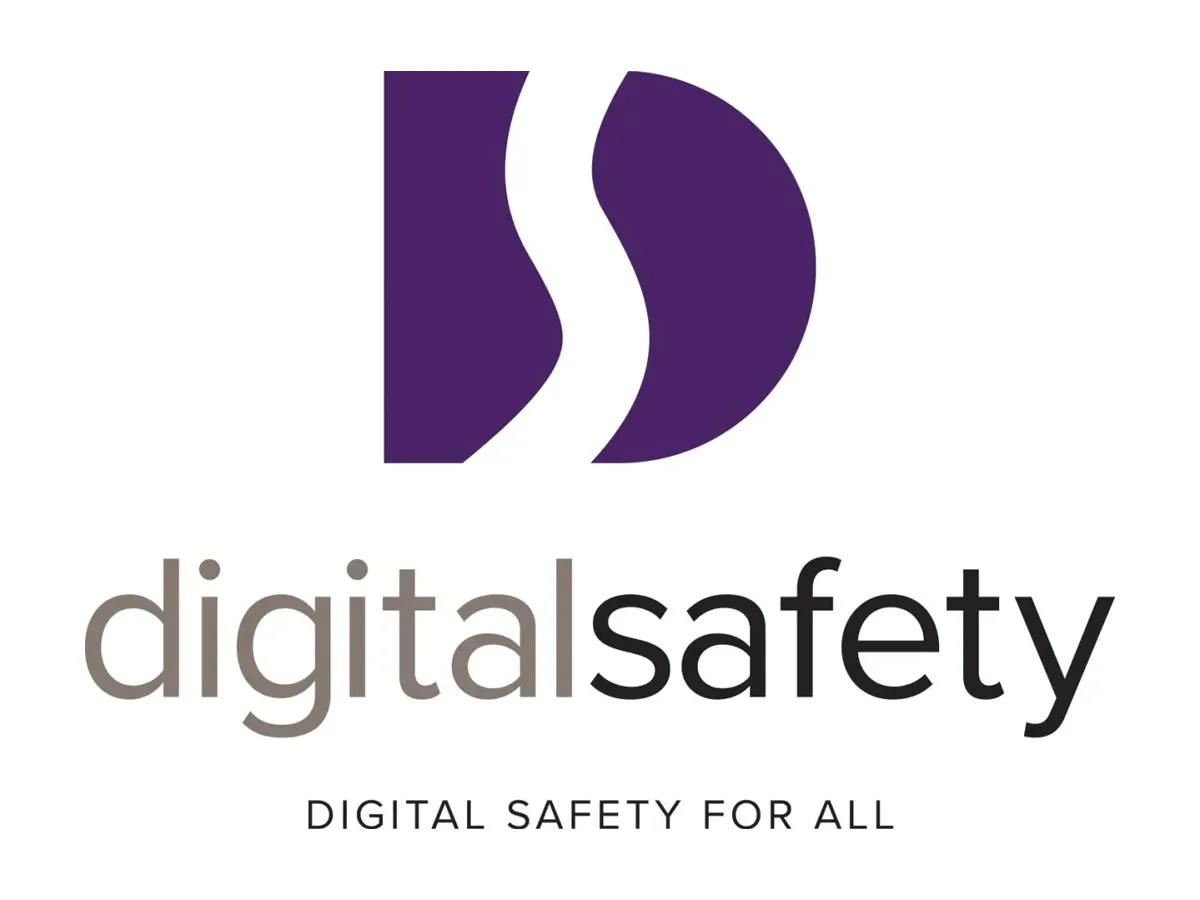
Digital Safety CIC - Online Resources
Exhibitor Information
We think you will agree that our exhibitors contributed so much to the event.
We know that we can tackle the problems we face alone - which is why we love working with others.
Thank you - you made the day INCREDIBLE!
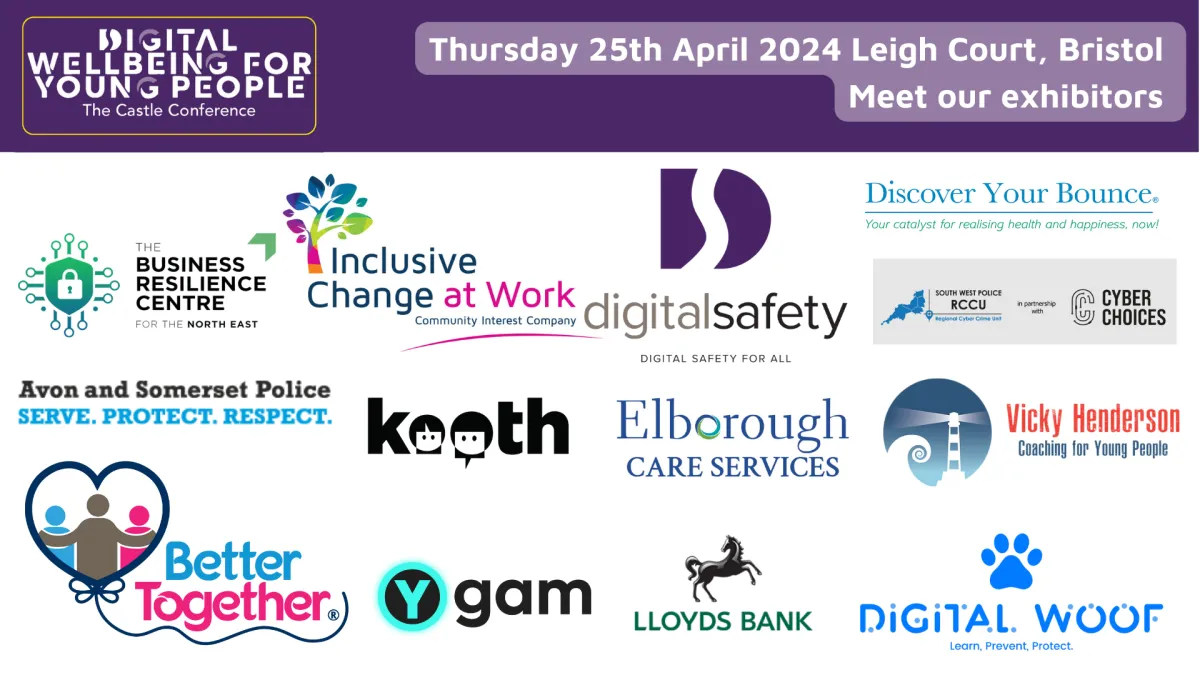
Inclusive Change At Work CiC
Bradbury House
Wheatfield Road
Bradley Stoke
Bristol
BS32 9DB
Companies House: 13271923
ICO registration: ZZB293922
UK register of Learning providers
UKRLP: 10090653
Privacy Policy | Terms and Conditions
Copyright © 2024 Inclusive Change At Work CiC | All Rights Reserved
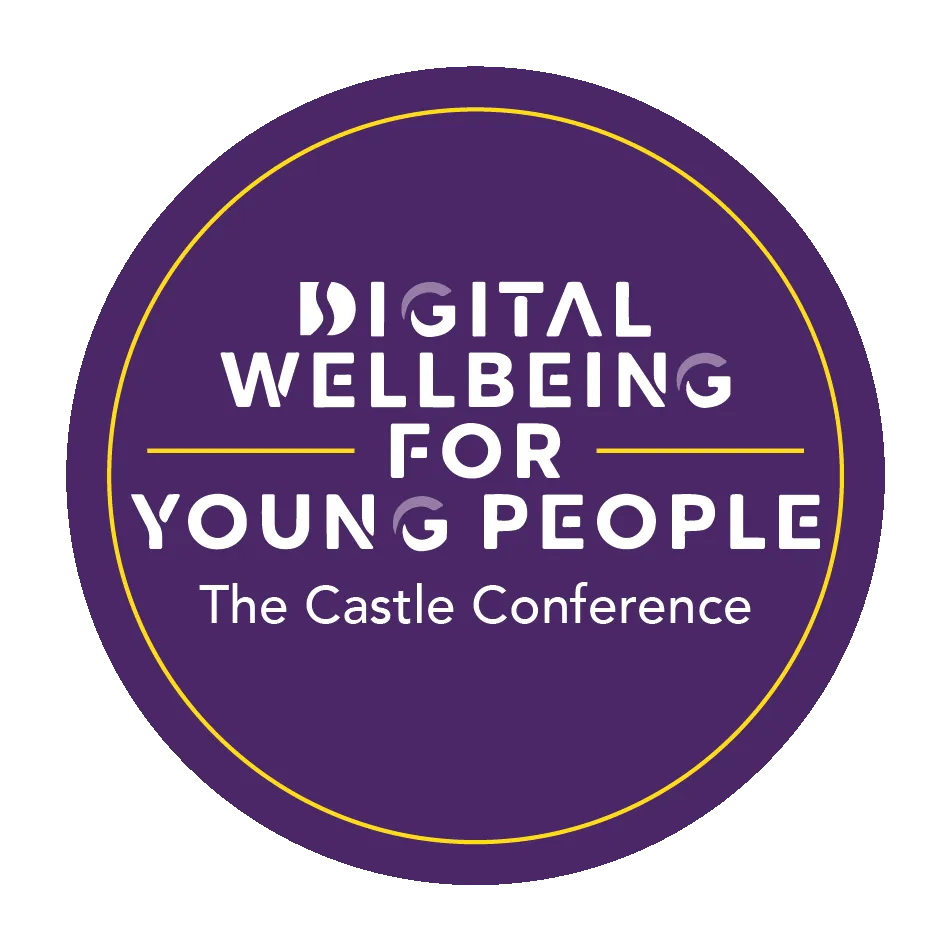
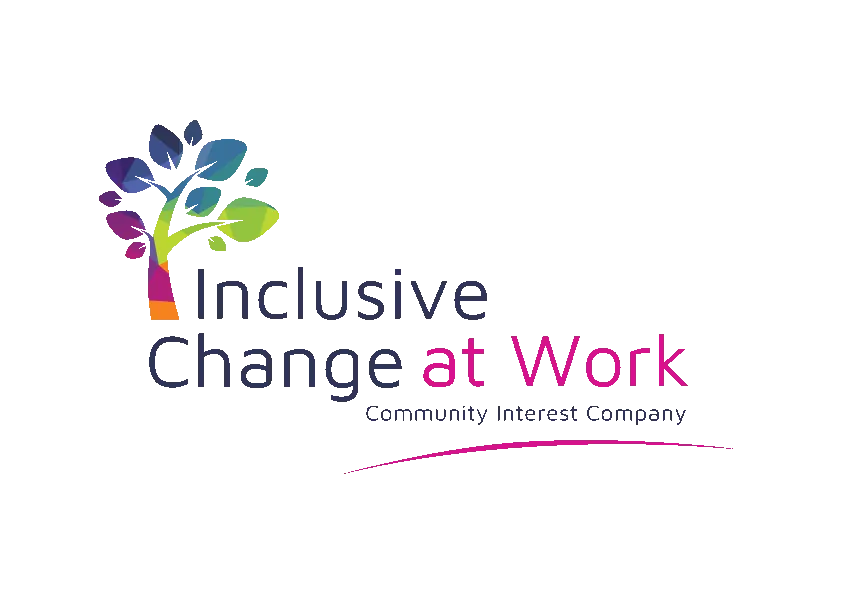



LinkedIn